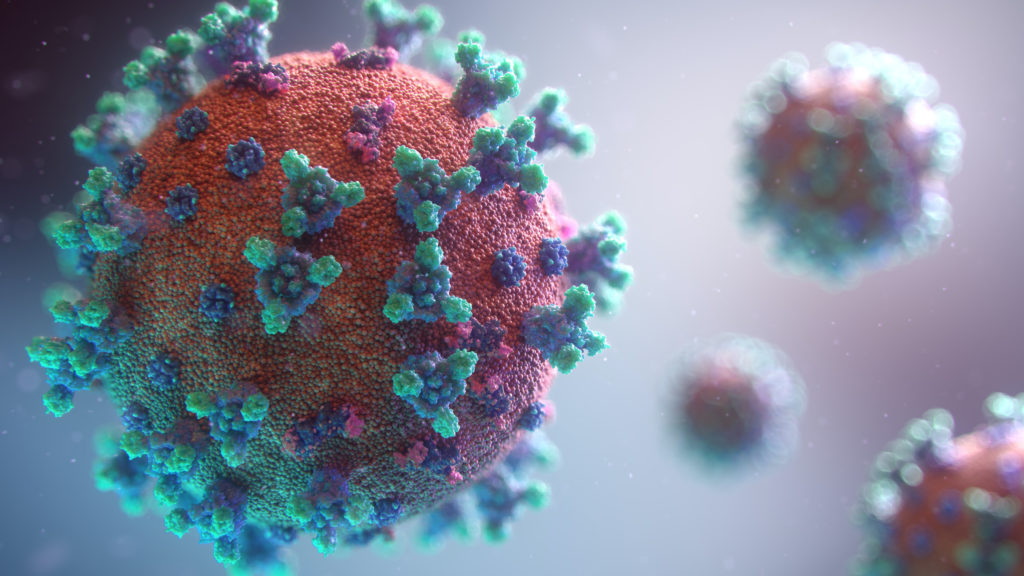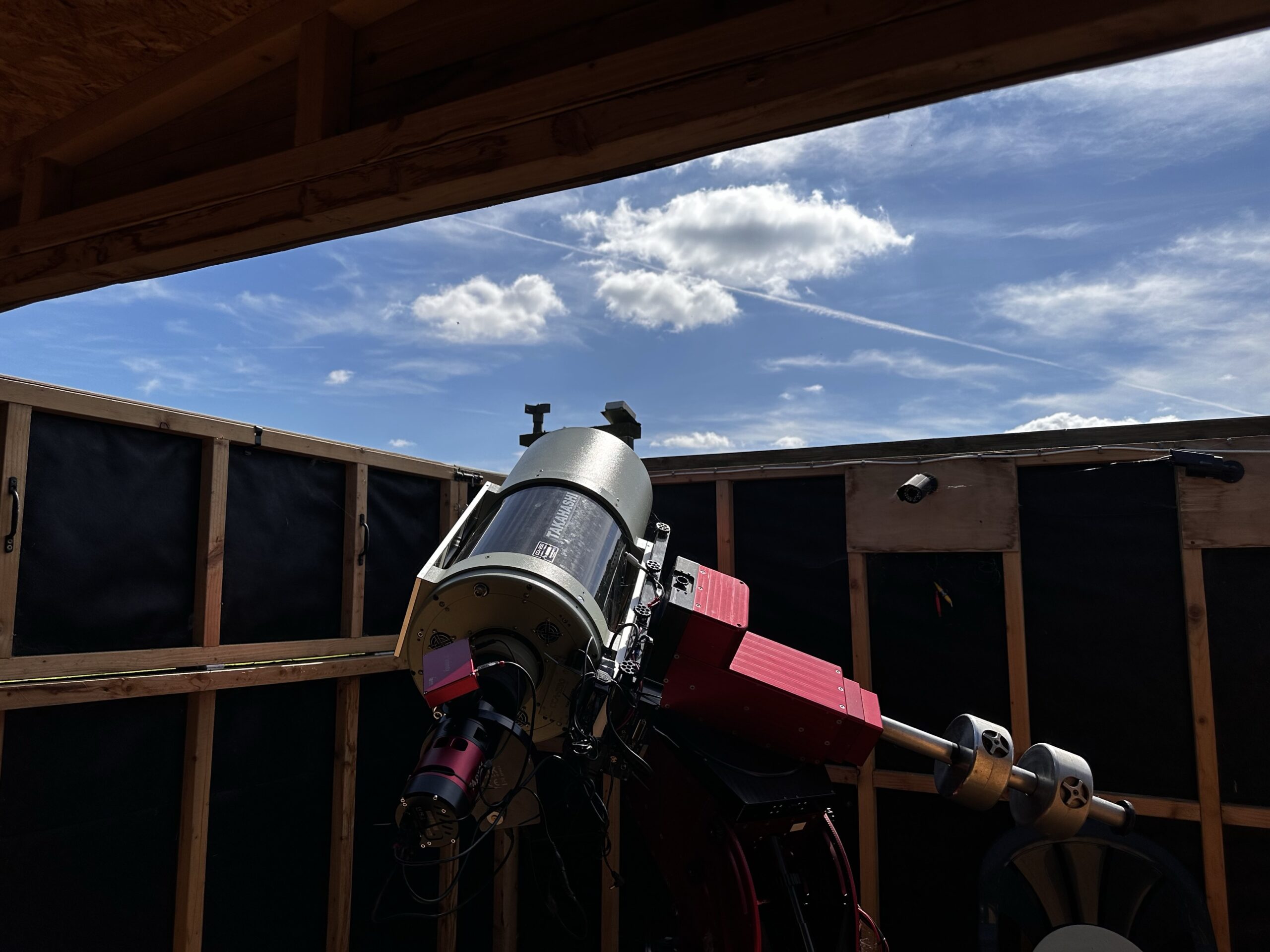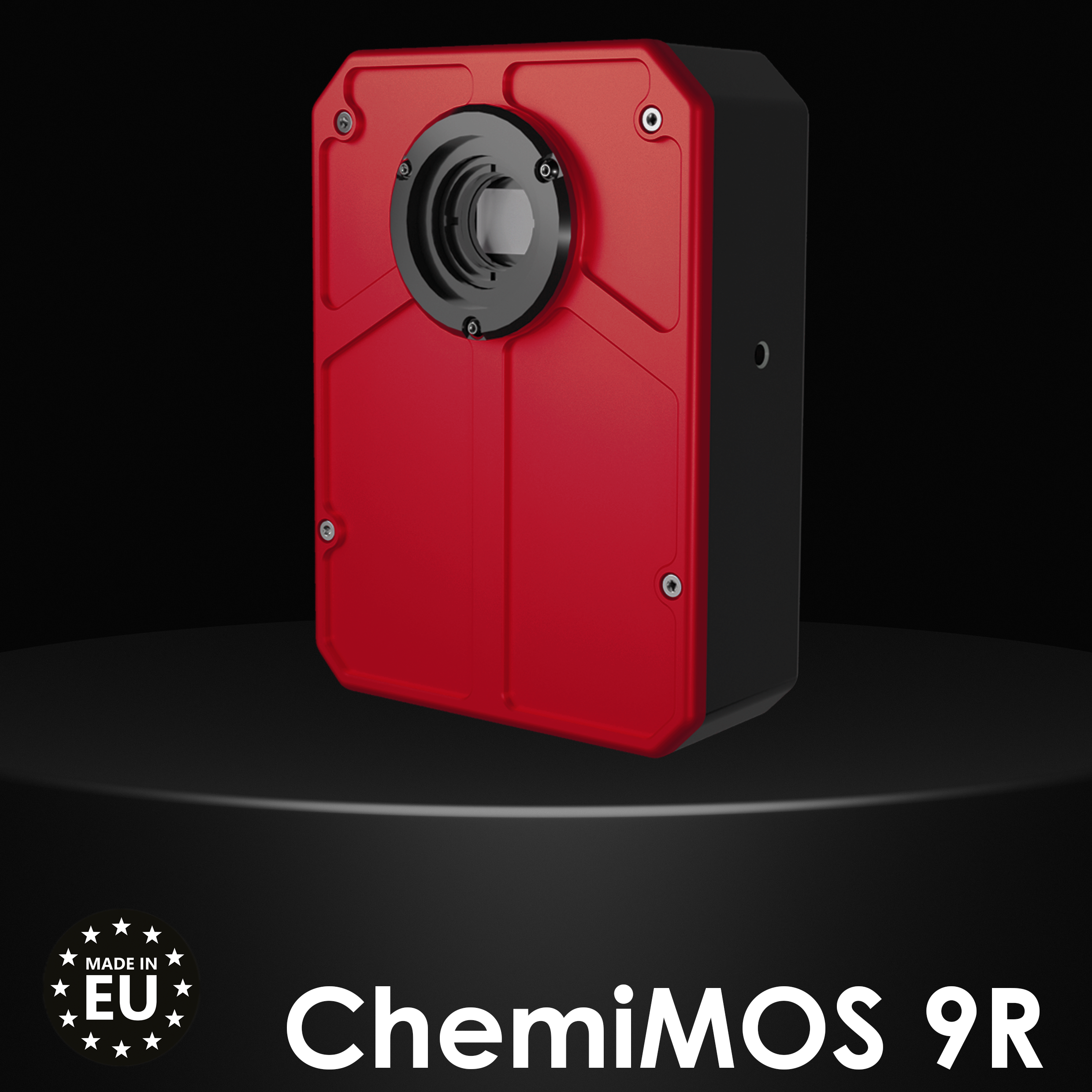
In the global battle against COVID-19, Atik Cameras has been proud to use its expertise in scientific imaging to provide cameras for qPCR instruments that have been a part of the testing procedure for COVID-19.
The Process
Polymerase chain reaction – PCR – is widely used to detect DNA and RNA sequences and can come in a variety of forms such as Reverse transcription – RT-PCR – and quantitative – qPCR. The process of performing a virus test for COVID-19 requires a qPCR machine, that provides a rapid method of nucleic acid detection. Using the machine, there is a three step protocol for a detection of COVID-19. Firstly, a sample swab is taken from the nose or throat of the patient. Secondly, the nucleic acid is extracted and purified from the patient sample. Following this, the viral genetic material is placed in qPCR device and amplified. The fluorescent signals of amplified products are recorded by taking the images during the amplification. Finally, the greyscale version of the image is analysed and either a positive or negative result is returned within a few minutes (total time for qPCR is about one hour to two hours).
This test is to diagnose active infections and not to determine whether the patient has recovered from COVID-19[1]. Consequently, these tests are vital in pinpointing specific COVID-19 positive cases and the timeframes in which these cases pose the greatest risk of spreading the virus to the wider population. As a result of this, such tests can form the bedrock of effective track and trace systems that have seen notable success in controlling the speed of the virus in nations such as South Korea[2]. This is because such tests enable an accurate database of those that are currently infected to be developed, therefore once combined with data that tracks who may have come into close contact with these people, targeted advice can be given and individual self-isolation procedures can start. This enables those that are not at risk to continue their lives as normal.
The Camera

With the paramount importance of the challenge, it is vital that Atik provided a camera that was well suited to the task. With this in mind, Atik Cameras utilised its extensive research and development capabilities and, courtesy of its flexible design philosophy, created a custom camera – the VS255.
This camera has numerous features which benefit its placement in the qPCR machines. These include but are not limited to its compact case design for ease of implementation and high sensitivity, all at competitive pricing.
Furthermore, the camera’s cooling capabilities help to improve sensitivity and image quality through the reduction of dark current. Meanwhile the binning capabilities of the VS255 camera, combined with its resolution and pixel size, provide the necessary image clarity.
Additionally, due to sensor availability, a new custom camera is being trialed by the customer. This camera – the VS825 – is a bespoke, modified version of our Infinity camera and features integrated cooling alongside custom firmware.
We now have thousands of cameras installed in diagnostic machines around the world, with these machines themselves undertaking thousands of tests per day. However, this merely scratches the surface of what our cameras can do in OEM applications, for more information about what our cameras can do for you please get in touch, and be sure to subscribe to our OEM newsletter to be the first to learn about our events, white papers, and cameras.
[1] https://coronavirusexplained.ukri.org/en/article/vdt0006/
[2] https://www.theatlantic.com/ideas/archive/2020/05/whats-south-koreas-secret/611215/



